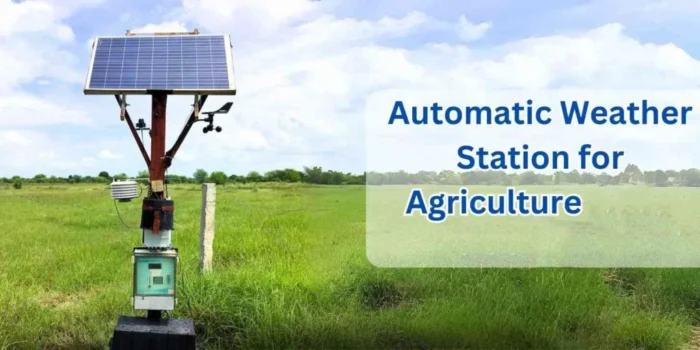
# Automated Weather Station: Enhancing Meteorological Data Collection and Analysis
## Introduction to Automated Weather Stations
An Automated Weather Station (AWS) is a sophisticated system designed to collect and transmit meteorological data without the need for human intervention. These stations are equipped with various sensors that measure parameters such as temperature, humidity, wind speed, wind direction, rainfall, and atmospheric pressure. The data collected by AWS is crucial for weather forecasting, climate research, and environmental monitoring.
## Components of an Automated Weather Station
An AWS typically consists of several key components:
– Sensors: These are the primary data collection tools, measuring various atmospheric parameters.
– Data Logger: This device records the data collected by the sensors.
– Power Supply: AWS units are often powered by solar panels or batteries to ensure continuous operation.
– Communication Module: This component transmits the collected data to a central server or database for analysis.
## Advantages of Automated Weather Stations
The use of AWS offers numerous benefits:
– Accuracy: Automated systems reduce human error, providing more precise data.
– Real-Time Data: AWS can transmit data in real-time, allowing for immediate analysis and response.
– Cost-Effectiveness: Over time, AWS can be more cost-effective than manual weather stations due to reduced labor costs.
– Scalability: Multiple AWS units can be deployed across large areas to create a comprehensive weather monitoring network.
## Applications of Automated Weather Stations
AWS are used in a variety of fields:
– Agriculture: Farmers use AWS data to optimize irrigation and planting schedules.
– Aviation: Airports rely on AWS for accurate weather information to ensure safe takeoffs and landings.
– Disaster Management: AWS can provide early warnings for severe weather events, aiding in disaster preparedness and response.
– Research: Scientists use AWS data to study climate change and its impacts on the environment.
## Challenges and Future Directions
Despite their advantages, AWS face certain challenges:
– Maintenance: Regular maintenance is required to ensure the accuracy and reliability of the sensors.
– Data Management: Handling and analyzing large volumes of data can be complex and resource-intensive.
– Technological Advancements: Continuous improvements in sensor technology and data transmission methods are necessary to enhance the capabilities of AWS.
Looking ahead, the integration of AWS with emerging technologies such as artificial intelligence and the Internet of Things (IoT) holds great promise for further enhancing meteorological data collection and analysis.
## Conclusion
Automated Weather Stations represent a significant advancement in the field of meteorology. By providing accurate, real-time data, AWS play a crucial role in weather forecasting, environmental monitoring, and various other applications. As technology continues to evolve, the potential for AWS to contribute to our understanding of the atmosphere and its impacts on our planet is immense.
Keyword: automated weather station
